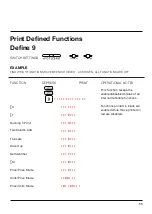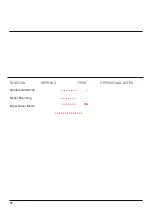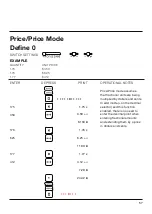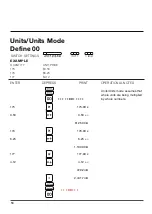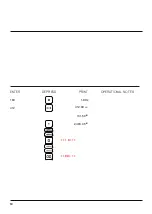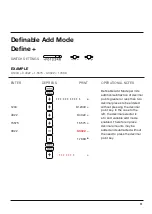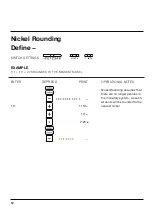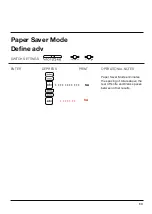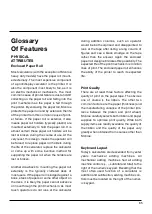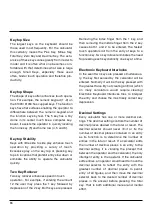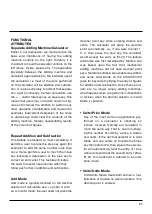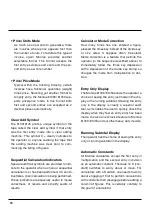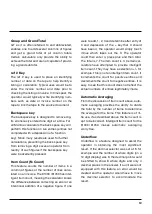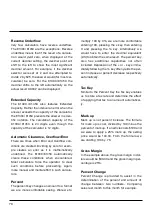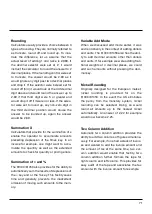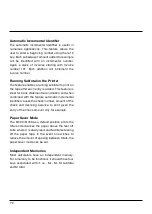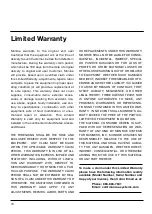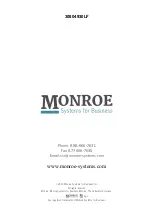
Key top Size
The largest keys on the keyboard should be
those used most frequently. For the calculator
this certainly means the Plus Key, Minus Key,
Total Key, Zero Key and Decimal Key. The actu-
al size of these keys varies greatly from model to
model and it is often what one becomes com-
fortable with that determines what size is large
enough. Small Keys, especially those used
often, hinder touch operation and therefore pro-
ductivity.
Key top Shape
The shape of keys often enhances touch opera-
tion. For example, the numeric keypad (1 -9) on
the 8130X / 8145X has cupped keys. The function
keys have flat surfaces enabling the operator to
differentiate between the numeric keypad and
the function keys by feel. The 5 key has a tiny
dome in its center, much like a computer key-
board, it assists the operator in quickly locating
the home key (5) and home row (4, 5 and 6).
Key top Stability
Keys with little side to side play enhance touch
operation by providing a surety of touch.
Excessive play on the key top or pressing key
tops in locations that prohibit entry slow down or
eliminate the ability to operate the calculator
quickly.
Two Key Rollover
Two key rollover enhances speed in touch
operation. For example, if entering the amount
12 the user may press the 1 key followed by
depression of the 2 key. Both keys are pressed.
Removing the index finger from the 1 key, and
then removing the middle finger from the 2 key
causes both 1 and 2 to be entered. The fastest
touch operators roll from the entry of keys to a
function key. Two key rollover eliminates the need
for pressing each key distinctly one key at a time.
Electronic Keyboard Interlocks
In the event two keys are pressed simultaneous-
ly, the key first sensed by the calculator will be
entered. Normally it will be the key pressed with
the greatest force. By not creating an Error (which
on many calculators would require clearing)
Electronic Keyboard Interlocks tries to interpret
the entry and choose the most likely correct key
depression.
Decimal Settings
Every calculator has one or more decimal set-
tings. The decimal setting controls the number of
decimal places desired in the total or result. The
decimal selector should never limit or fix the
number of decimal places contained in an entry
as its function is to determine the number of
entries in the total or result. If a calculator edits
the number of decimal places in an entry to the
decimal setting, it is violating the precept that
between the operator and the calculator, the only
intelligent entity is the operator. If the calculator
edits entries, an operator would need to move the
decimal selector to reflect the entry with the
greatest number of decimal places to permit
entry of all figures, and then move the decimal
selector back to the desired number of decimal
places in the answer before pressing the total
key. That ís both additional manual and mental
effort.
66




